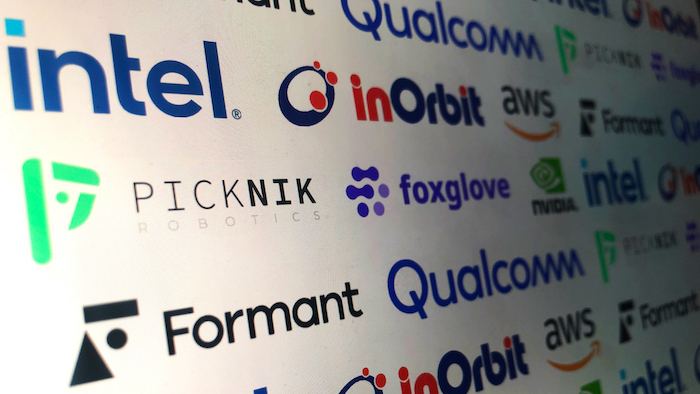As we move into 2023, the field of robotics continues to evolve and grow at a rapid pace. There are several trends that are likely to shape the industry in the coming year, including the development of better tooling for developers, the emergence of more big tech companies launching robotics-specific software offerings, and the widespread adoption of the second version of the Robot Operating System, ROS 2.
1. Better Robotics-Specific Tooling for Developers
One of the biggest trends in the field of robotics is the development of better tooling for developers. In the past, companies often had to build a lot of internal tools in addition to their customer-facing software. However, this is changing as more companies like PickNik, Formant, InOrbit, and Foxglove are offering developer tools specifically for the robotics industry. This makes it easier for developers to build and deploy robotics applications, as they have access to a wider range of pre-built tools and libraries. The AV industry has historically had extremely good tooling, but required significant investment. With AV funding decelerating, it is expected that more of this tooling and talent will be reapplied to the rest of the robotics industry.
2. More Big Tech Companies Launching Robotics-Specific Software and Hardware Offerings
Another trend to watch out for in 2023 is the emergence of more big tech companies launching robotics-specific software and hardware offerings. This includes companies like AWS, Nvidia, Intel, and Qualcomm, which are offering software and compute devices specifically designed for the robotics community. This trend is expected to continue as more companies recognize the growing importance of robotics and look to capitalize on the market opportunities.
3. Widespread Adoption of ROS 2
A large trend that is likely to shape the robotics industry in 2023 is the widespread adoption of the next major release of the Robot Operating System, ROS 2. ROS 2 is an open-source software platform for building and deploying robotics applications. It provides a communication middleware and a wide range of libraries, device drivers, and tools for tasks such as sensor integration, motion planning, and visualization. With the recent long term support (LTS) release of ROS 2, Humble Hawksbill, many companies are making the big jump from the previous version, ROS 1 which is nearly at its official end of life. This trend is expected to continue as more developers recognize the benefits of ROS 2 and begin to build new applications on top of it.
4. Further Adoption of MoveIt & MoveIt Pro
The trend in robotics is heavily focused on the use of open-source software, and MoveIt is one of the most widely adopted frameworks for controlling robot manipulators. The release of MoveIt Pro, which is built on top of MoveIt, has further pushed this trend forward by providing an even more user-friendly and intuitive approach to programming and controlling these manipulators. MoveIt Pro’s web-based Behavior Tree editor and simulation environment simplify the process of creating robot manipulation workflows for unstructured environments and testing them through remote access and monitoring. These capabilities will make robotics development accessible to a wider range of users including researchers, students, and companies of all sizes given that it can be operated as a low to near no-code robotics solution if required.
In conclusion, the field of robotics is rapidly evolving and 2023 is set to be a year of many new advancements, with developers having access to better tooling, more big tech companies launching robotics-specific software offerings, the widespread adoption of ROS 2, and the further adoption of MoveIt and MoveIt Pro. These trends are expected to drive innovation and growth in the industry, as well as making it easier for developers to create new and exciting robotics applications.








